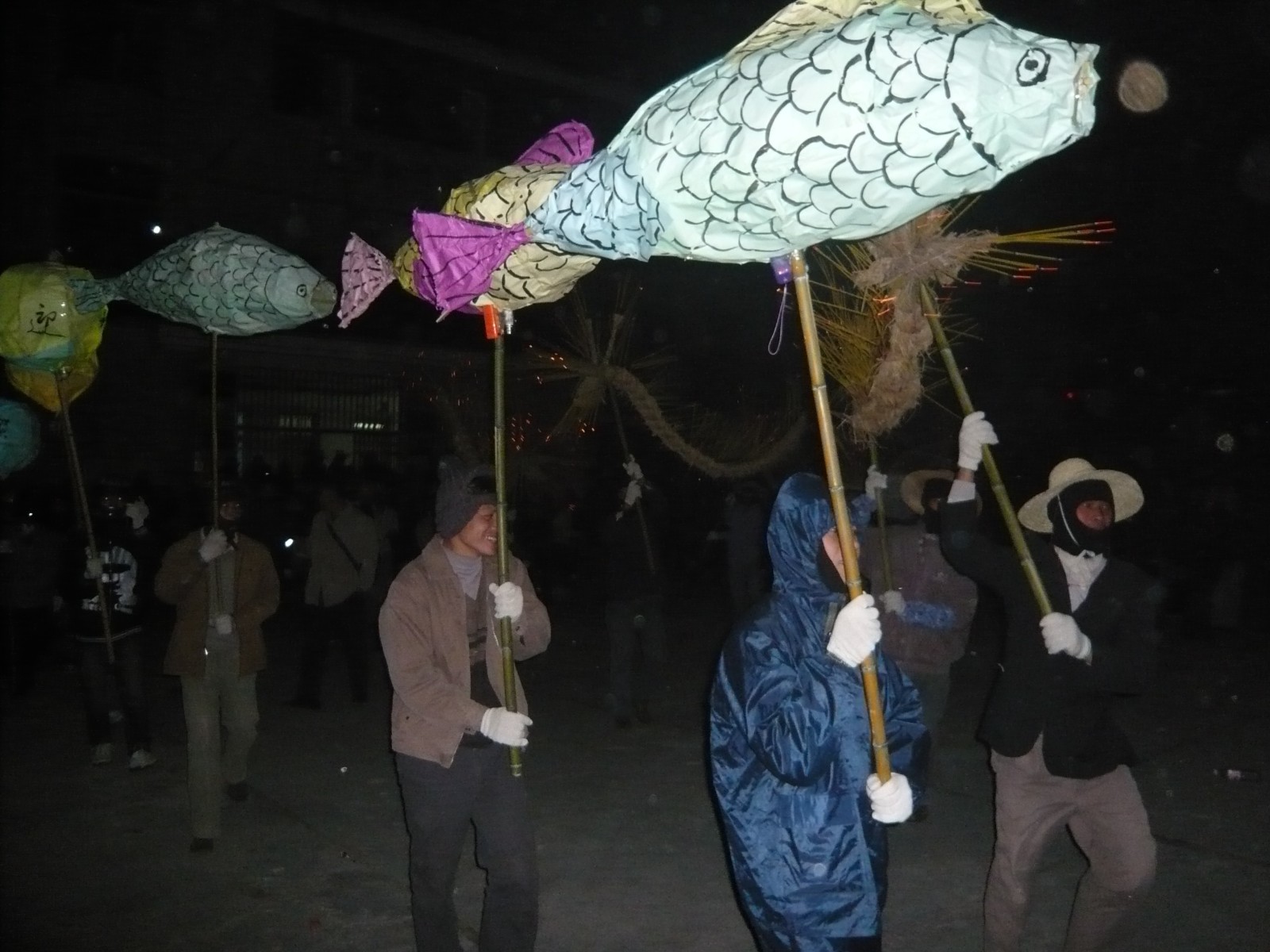

In ancient China, the method of selecting talents was called the imperial examination, divided into the civil examination for selecting civil officials and the military examination for selecting military talents. Those who ranked first in the country were called "状元(Zhuangyuan in pronunciation)" and would be awarded a plaque inscribed with "状元及第" by the emperor, which they could hang in their home as a reward.
In Xintian Village, approximately 250 years ago during the reign of Emperor Qianlong in the Qing Dynasty, a man named Li Weiguang became the martial Zhuangyuan of that year. To celebrate the arrival of the plaque awarded to him, the local people created a Chinese dragon dance called the Meihua Dragon Dance.
The Meihua Dragon Dance is made by binding dry straw and bamboo poles, with the dragon's body no longer than 2.24 meters, and its entire body adorned with plum blossom petal patterns. There are five dragons in total (one male and four female; the male dragon has four horns and a crown on its head, while the female dragons have two horns and no crown). The Meihua Dragon Dance mainly involves dancing around lanterns, forming various shapes and patterns. Because the formations and patterns resemble plum blossoms, and "plum blossom" is pronounced "Meihua" in Chinese, this dragon dance is named the Meihua Dragon Dance.
In 2009, the Meihua Dragon Dance was listed in the second batch of intangible cultural heritage of Shaoguan City.